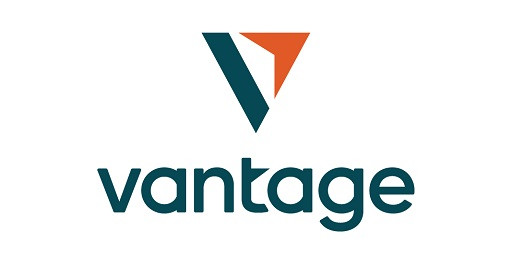- Wednesday, the UK CPI figures for February will be released by the Office for National Statistics.
- While monthly CPI is expected to rise, headline and core annual inflation in the UK are likely to decline.
- The BoE’s interest rate outlook and the value of the pound sterling could be significantly impacted by the UK CPI report.
Just one day before the Bank of England (BoE) announces its monetary policy, on Wednesday at 7:00 GMT, the UK Office for National Statistics (ONS) will release the Consumer Price Index (CPI) statistics.
The UK CPI inflation report is something that traders of the pound sterling are interested in seeing since it could provide new insights into whether the BoE will announce its first interest rate drop or stick to its “higher rate for longer” policy.
How will the upcoming UK inflation report be perceived?
Following a 4.0% increase in January, the headline annual UK Consumer Price Index increased by 3.6% in February. Although the figure would be significantly above the BoE’s 2.0% target, it would be at its lowest point since September 2021.
Following a 5.1% increase in January, the Core CPI inflation is expected to decline to 4.6% YoY in February. In the meantime, after falling by 0.6% in January, the British monthly CPI is likely to increase by 0.7%.
The BoE has refrained from moving towards a dovish pivot despite the UK economy potentially entering a technical recession by the end of 2023 due to its more optimistic economic outlook for the year.

During its policy meeting in February, the Bank of England kept the key rate at 5.25%. In the forthcoming meetings, Governor Andrew Bailey did not commit to any specifics regarding the Bank’s following interest rate adjustments. However, depending on the incoming data, he stated that “we need to keep policy sufficiently restrictive for sufficiently long, nothing more, nothing less.”
As per the policy statement, the BoE believes that geopolitical issues, such as the Red Sea, pose upward risks to the CPI. Meanwhile, domestic price and wage concerns are currently “more evenly balanced.”
Bailey stated that “we are looking beyond the temporary period when we expect CPI to return to target this year” during his testimony before the UK Treasury Select Committee (TSC) last month. He also stated that he is looking for more sustained progress on reducing more persistent elements of inflation.
Thus, in the lead-up to the BoE policy announcements, the specifics of the CPI report—such as food prices and the sticky services inflation—will draw the attention of the markets.
Analysts at TD Securities (TDS) estimated that inflation “probably took a decent step down across the board in Feb, largely on the back of base effects” when previewing the UK inflation data. The primary risk to this print is restaurant prices because it’s unclear how much of a rebound there will be after sales pressured prices in January.

The TDS analysts stated, “Services continue to be the MPC’s primary focus, and here we look for the y/y rate to come down to 6.0% y/y (BoE: 6.1%).”
What impact might the UK Consumer Price Index report have on the GBP/USD exchange rate when it is released?
The release of the UK CPI statistics is scheduled for this Wednesday at 07:00 GMT. Ahead of the UK’s inflation battle, the pound sterling has been weakening relative to the US dollar. In anticipation of the US Federal Reserve’s (Fed) monetary policy announcement on Wednesday, the US Dollar maintains its support at one-week highs.
The BoE’s “higher rates for longer” stance may be echoed by an unexpectedly strong headline and core inflation statistics, giving the pound sterling a boost. GBP/USD may experience an uptick in this scenario, reaching the 1.2800 mark. However, if the UK CPI data indicate a significant decrease in inflationary pressures, the GBP/USD pair may resume its drop around 1.2600, as expectations of a second-quarter rate cut by the BoE may once again become plausible.
Markets are accounting for the BoE’s first rate reduction this year at the policy meeting on August 1.
A brief technical forecast for the major is provided by FXStreet’s Asian Session Lead Analyst Dhwani Mehta, who states: “The GBP/USD pair is on a corrective decline from seven-month highs of 1.2893.” The fact that the 14-day Relative Strength Index (RSI) is below the midline indicates that there are still adverse risks associated with the pound sterling.
Dhwani continues, “To test the upward-pointing 100-day SMA of 1.2626, a clear break below the horizontal 50-day Simple Moving Average (SMA) at 1.2687 is required. The 200-day SMA at 1.2595 might be retested farther south. The GBP/USD pair must, instead, tolerate a daily closing price of over 1.2800 to start a significant rise towards the multi-month high of 1.2893, according to Dhwani.
Overall, we continue to see the GBP vs. EUR relationship as somewhat positive for the upcoming year. Our internal anticipation that the BoE may continue its current course of action until September lends credence to this. This contrasts with our prediction that the Fed and the ECB will both lower interest rates in June. We still expect a climb in the second half of this year to EUR/GBP 0.8400.



















